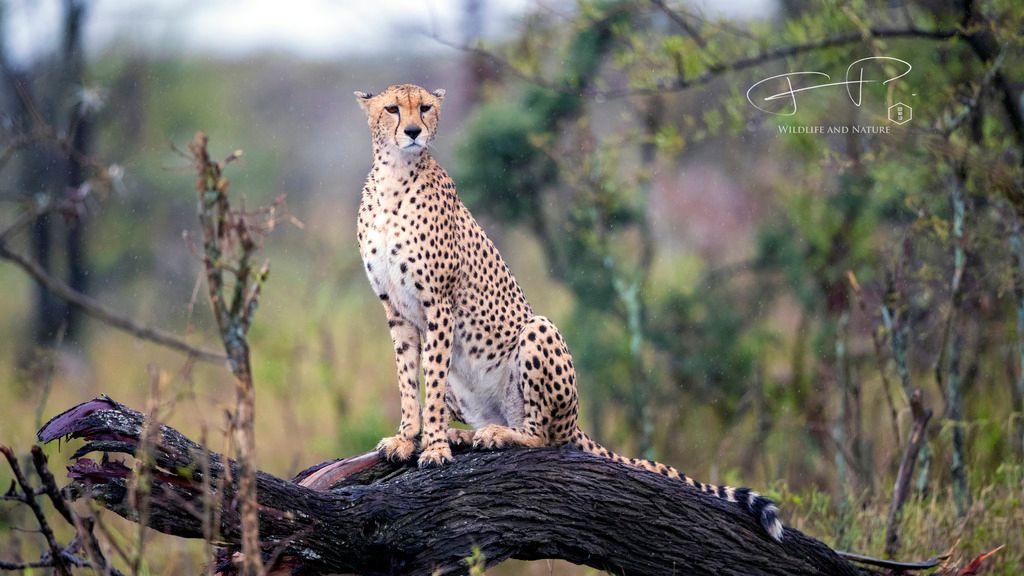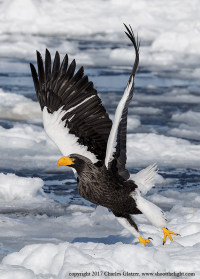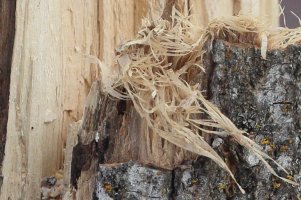Viggo said:Click said:Nice shots, Viggo. I especially like the last one.
Thanks a bunch Click! I had a bit poor hitrate with it running, but then I realized I zoomed in on the face even though it missed and scrolled through the shots on it's face. But then I zoomed in at the actual point for every shot and a huge bunch of them are very much in focus where the point was, so I guess it's just me that can't follow. I tried every case and option for AF, but even Case 2 with the slowest re-focus option selected it jumped to the wolf's every time it tipped its head down when running.
Very interesting and nice!
I have so many shots, even now with confidence that AFMA is the correct value, with a spot focus point clearly where it needs to be but the result not being perfectly in focus. And that's after having adjusted my shutter speed up to be sure it's not blur.
I feel like I haven't stepped up very much/at all from when I was using the 6D, as far as actual IQ is concerned. However, as previously pointed out to me a lot of my shots from indoors to outdoors have back lighting and most of the shots I relate to with the 6D were great lighting, so maybe it's apples and oranges. I'm still searching for the best AF settings in various circumstances.
Jack
Upvote
0




